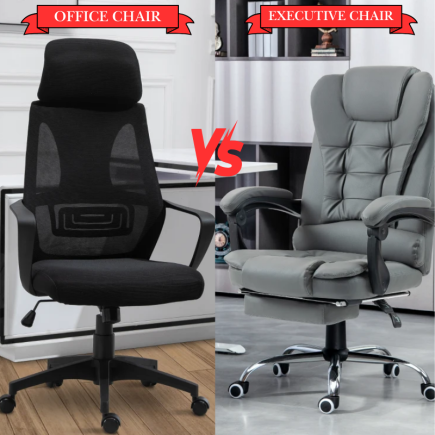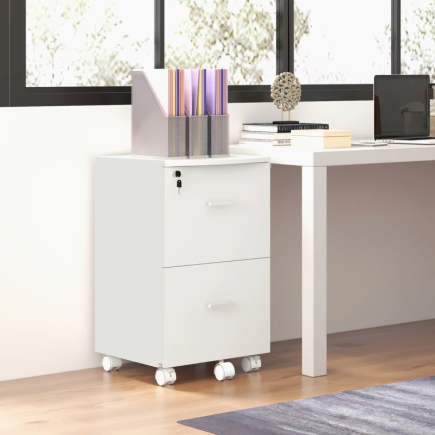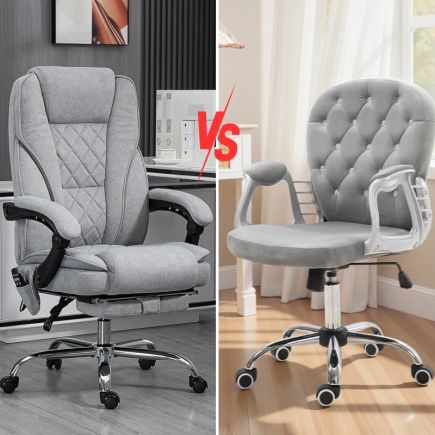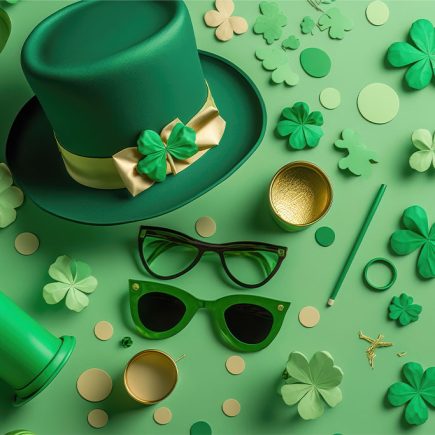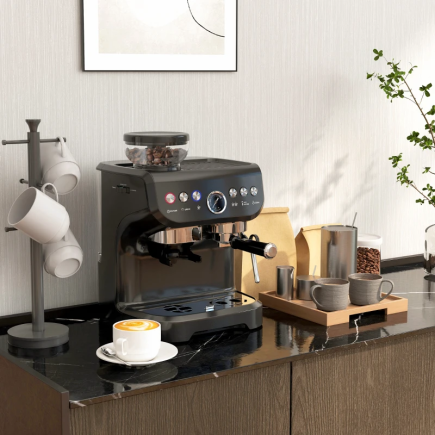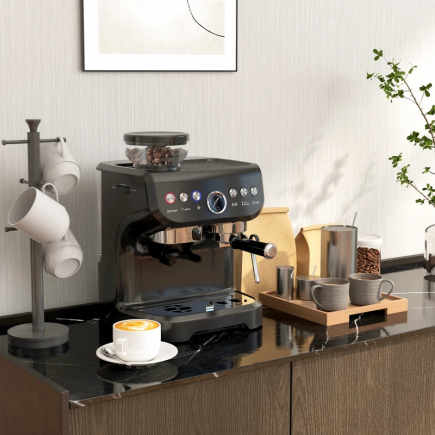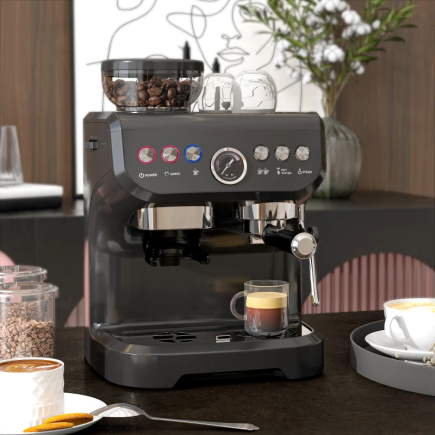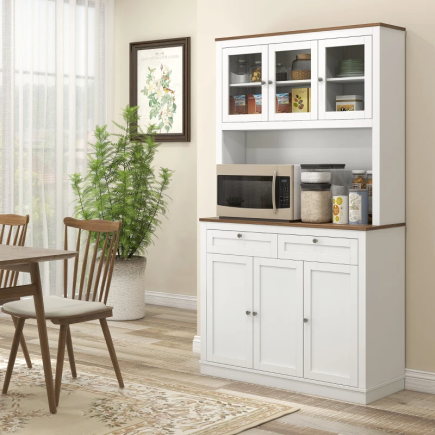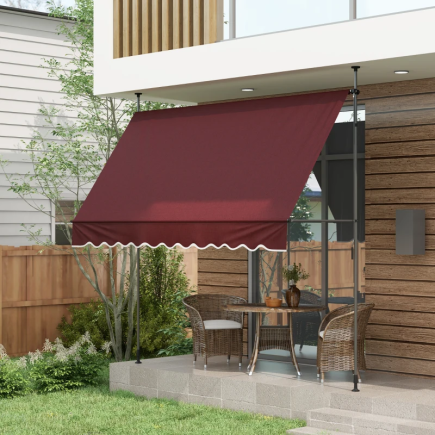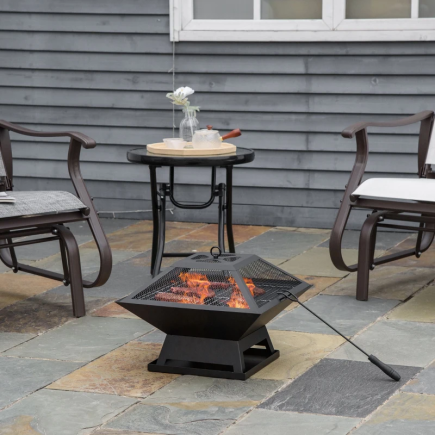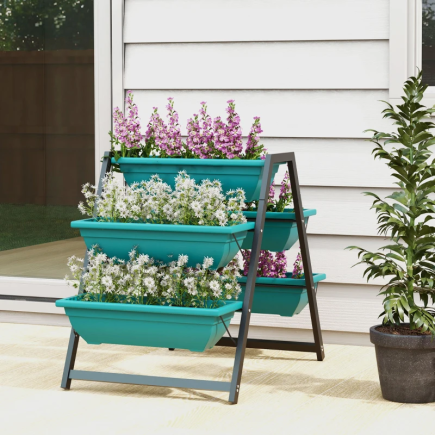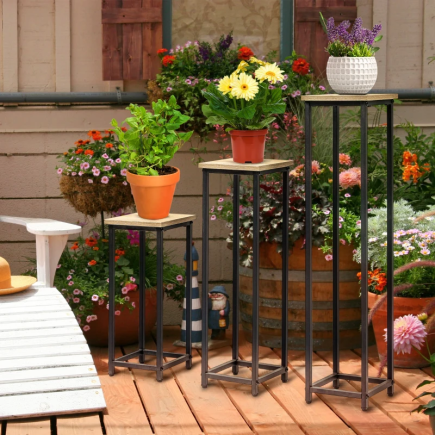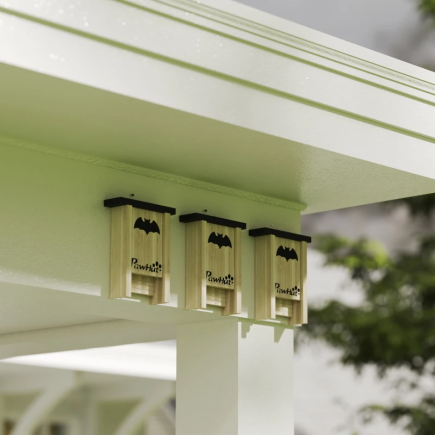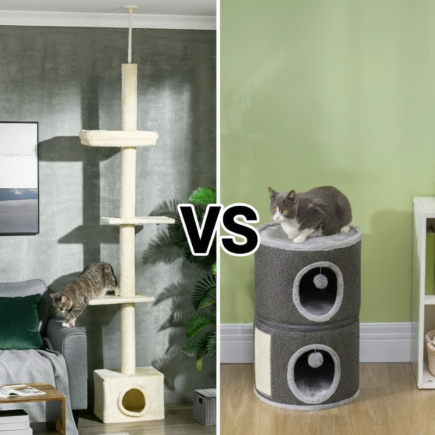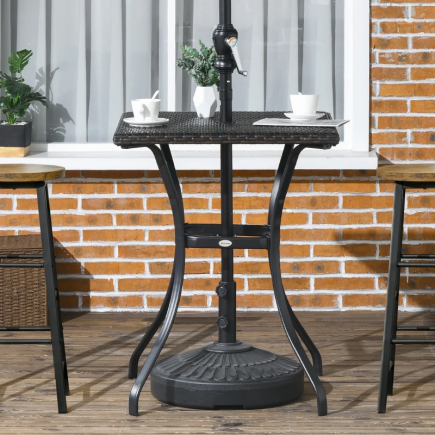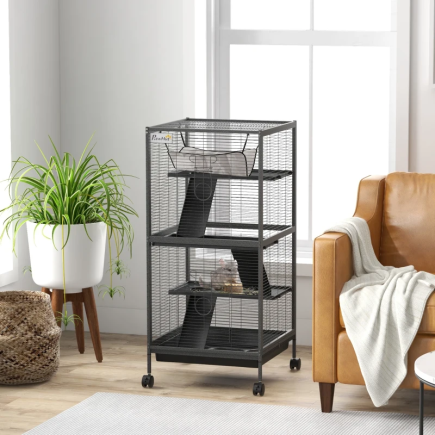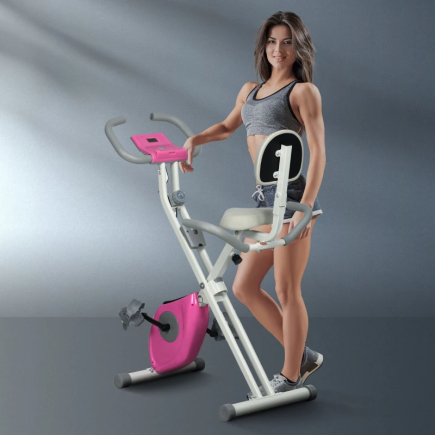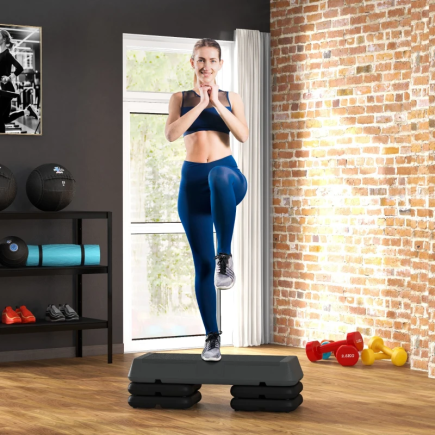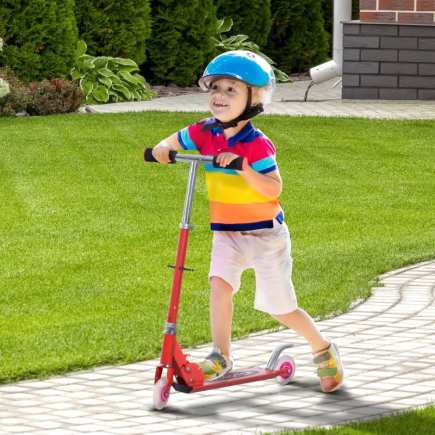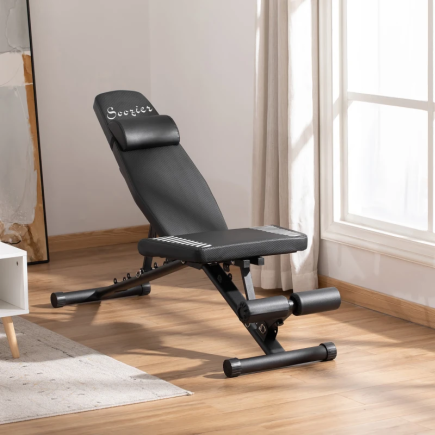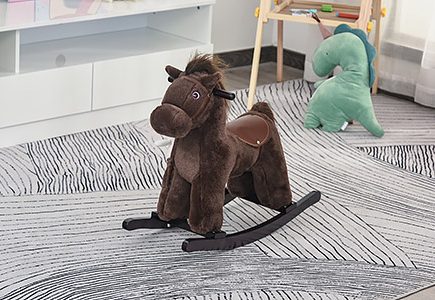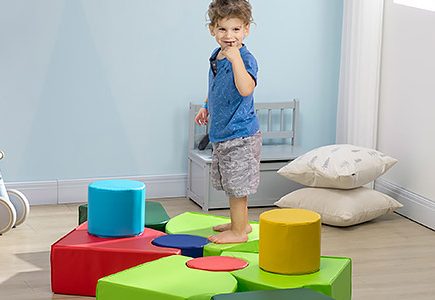A freshly painted picnic table doesn’t just look great, it can completely transform the vibe of your outdoor space. Whether you’re preparing for a summer barbecue, a family picnic, or just a quiet afternoon in your garden, a well-maintained picnic table is essential for both aesthetics and function. However, getting that perfect paint job requires more than just a can of paint and a brush. Understanding the nuances of preparing your table, choosing the right products, and using the right techniques will help ensure that your picnic table stays beautiful and durable for years to come.

Wood Type and Previous Coatings
The type of wood used in your picnic table will determine the best preparation and paint choice. Common woods include pine, cedar, or redwood, each with different grain patterns and texture. If your table is already painted or stained, you’ll need to evaluate the current coating. Old paint may need to be removed before applying a fresh coat, especially if it’s peeling or chipped. If the table is bare, you’ll want to ensure the wood is properly prepared for paint adhesion.

Tools and Materials You’ll Need
Having the right tools and materials will make your painting project much smoother and efficient. Here’s a list of essentials you’ll need:
Paint and Primer Types
- Exterior-grade paint: Specifically designed for outdoor surfaces to resist moisture, UV damage, and wear.
- Primer: Helps paint adhere better and provides an extra layer of protection. Use a wood or metal-specific primer depending on your table’s material.
Brushes, Rollers, and Sprayers
- Brushes: High-quality brushes are a must for a smooth and even finish. A 2-3” angled brush is ideal for corners and detailed areas.
- Rollers: Perfect for large flat surfaces like the tabletop. Use a medium nap roller for a smooth finish.
- Sprayers: If you want a flawless, professional finish and you’re painting a large surface, a sprayer can be a time-saver.
Sandpaper, Drop Cloths, and Safety Gear
- Sandpaper: Use a medium grit (120-150) for sanding down rough spots and a fine grit (220) for smoothing out the surface.
- Drop cloths: Protect your work area and surrounding surfaces from paint splatters.
- Safety gear: Always wear gloves, goggles, and a mask when working with chemicals like paint and primer.

Choosing the Right Paint for Picnic Tables
The type of paint you select is crucial to ensuring that your picnic table remains durable and visually appealing. Here’s a breakdown of what you need to know:
Best Outdoor Paints for Wood
- Acrylic latex paint: This is a great option for wood picnic tables as it offers flexibility, resistance to fading, and is easy to clean.
- Oil-based paints: These are more durable and tend to offer a richer finish, but they take longer to dry and require more care during application.

Oil-based vs. Water-based Paint
While oil-based paints tend to offer superior durability and a more even finish, water-based paints are easier to clean and dry faster. For outdoor tables, especially those exposed to heavy weather, oil-based paints may provide longer-lasting protection. However, water-based paints are often less toxic and have lower environmental impact, which is an important consideration if you’re looking for a more eco-friendly option.
UV Protection and Waterproofing
Outdoor tables need protection from both the sun and moisture. Look for paints that offer UV protection to keep colors from fading. Likewise, waterproofing agents help protect your table from rain, humidity, and spills, ensuring the wood doesn’t absorb water and swell or rot over time.
Preparing Your Picnic Table for Paint
Preparation is key to achieving a professional-looking paint job. Properly cleaning, sanding, and repairing the table ensures the paint adheres properly and lasts longer.
Cleaning the Surface
Before you begin sanding, thoroughly clean the table. Dirt, grime, and mildew can prevent paint from sticking properly. Use a mixture of water and mild detergent to wash the table’s surface. If you notice mold or mildew, scrub it with a mixture of water and vinegar to remove the growth. Once clean, let the table dry completely.

Sanding Basics
Sanding helps smooth the wood’s surface and removes old paint or coatings. Start with a medium-grit sandpaper (120-150) and work your way up to a finer grit (220) for a smooth finish. Sand in the direction of the wood grain to avoid damaging the surface. Be sure to sand any rough edges, cracks, or areas where paint has peeled off.
Fixing Cracks and Holes
If your table has cracks or holes, now is the time to fix them. Use a wood filler to fill in any imperfections, then sand the area smooth once it’s dry. This will help ensure a smooth and even paint finish, avoiding unsightly bumps or gaps.

Priming the Picnic Table
Priming is an essential step that shouldn’t be skipped. It prepares the surface for paint and helps the paint adhere better while providing an extra layer of protection.
Why Primer is Essential
Primer creates a barrier between the wood and paint, sealing the wood surface and ensuring that the paint adheres properly. It also enhances the durability of the final finish, especially for outdoor furniture exposed to extreme weather.
Best Primer for Outdoor Furniture
For wood picnic tables, use a wood-specific primer, preferably one that offers mildew resistance. If your table is metal, use a metal primer designed to prevent rust.

How Many Coats?
For most outdoor tables, one coat of primer is sufficient. However, if the table has a particularly porous surface or heavy stains, you may want to apply two coats.
Time to Start Painting
Now that your table is prepped and primed, it’s time to start painting.
Step-by-Step Process
- Apply the First Coat
Use a brush or roller to apply the first coat of paint. Start with the legs and work your way to the tabletop. Make sure to cover all areas evenly.

- Smooth Out the Paint
As you paint, ensure that there are no streaks or drips. If you’re using a brush, make long, smooth strokes in the direction of the wood grain.
- Let It Dry
Allow the first coat to dry (usually 4-6 hours).

Applying Multiple Coats
For best results, apply at least two coats of paint. Allow each coat to dry completely before applying the next one. Drying times can vary depending on the type of paint and weather conditions, but it’s essential to let each layer set fully to avoid smudging or uneven finishes.
Dealing with Drips and Streaks
If you encounter drips or streaks, don’t panic. Simply sand the affected area lightly with fine-grit sandpaper once it’s dry, and then touch it up with additional paint.
Pro tip: When using a roller, always roll in the same direction to prevent streaks.
Painting Metal Picnic Tables
While wooden picnic tables are popular, many tables are made of metal. Painting metal tables requires a slightly different approach to ensure long-lasting results.
Prep and Primer for Metal
Just like with wood, metal surfaces need proper preparation. Begin by cleaning the table and removing any rust. Use a wire brush or sandpaper to scrub away old paint or rust. Once clean, apply a metal-specific primer to prevent further rusting.
Rust Prevention
For metal tables, choose paints that are specifically formulated to prevent rust. Many outdoor paints now come with built-in rust inhibitors, which is essential for maintaining the table’s integrity.
Paint Types for Metal
For metal surfaces, use an oil-based paint that offers durability and rust protection. A high-gloss or satin finish works well for outdoor metal furniture, as it enhances durability and gives the table a polished look.

Common Mistakes to Avoid
Achieving a professional finish involves avoiding common pitfalls. Here are some mistakes to steer clear of:
Skipping Prep
Proper cleaning and sanding are essential for a smooth, lasting finish. Don’t skip these steps, as they will directly impact the paint’s adhesion.
Painting in the Wrong Weather
Avoid painting on windy or rainy days. Ideal conditions are dry, mild weather, usually between 50°F and 85°F. Humidity can affect drying times and lead to streaks.
Not Sealing Properly
Sealing is crucial for protecting your painted picnic table from the elements. Don’t skip the final step of sealing with a protective topcoat.
Adding Style: Color Ideas and Design Tips
A painted picnic table doesn’t just serve a functional purpose, it’s a chance to express your personal style! Whether you prefer classic shades or bold colors, the right paint can add a creative touch to your outdoor setting.
Classic Colors vs. Bold Choices
Traditional colors like navy blue, forest green, or white give your table a timeless look. For a modern twist, try bright colors like turquoise, yellow, or coral to liven up your space.
Patterns, Stencils, and Customization
Get creative with paint by using stencils or creating geometric patterns on your table. Custom designs, such as stripes or checkerboard patterns, add an extra layer of fun and style to your picnic area.

How to Seal a Painted Picnic Table
Sealing is essential for ensuring your paint job lasts. A good outdoor sealer will protect your table from moisture, dirt, and UV rays.
Best Sealers for Outdoor Use
Look for a polyurethane sealer specifically designed for outdoor furniture. Satin or matte finishes give a more natural look, while gloss finishes offer extra shine and protection.
Glossy vs. Matte Finishes
Glossy finishes offer a shiny, sleek look but can highlight imperfections. Matte finishes provide a more subtle, natural appearance and are less prone to showing dirt or wear.
Eco-Friendly Paint Options
If you’re concerned about the environment, there are several eco-friendly paint options available.
Low-VOC and Non-Toxic Paints
Look for paints that are low in volatile organic compounds (VOCs) or non-toxic. These paints are safer for both you and the environment, without sacrificing durability or performance.
Best Green Brands for Outdoor Wood
Several paint brands specialize in eco-friendly outdoor products. Be sure to check for certifications like Green Seal or EcoLogo for reassurance.
Painting your Picnic Tables is a rewarding project that brings beauty, durability, and protection to your outdoor space. With the right tools, materials, and techniques, you can achieve a professional-looking finish that will last for years. Take your time to properly prep, choose the right products, and follow the steps carefully. And don’t forget to add your own personal touch with bold colors or patterns!

